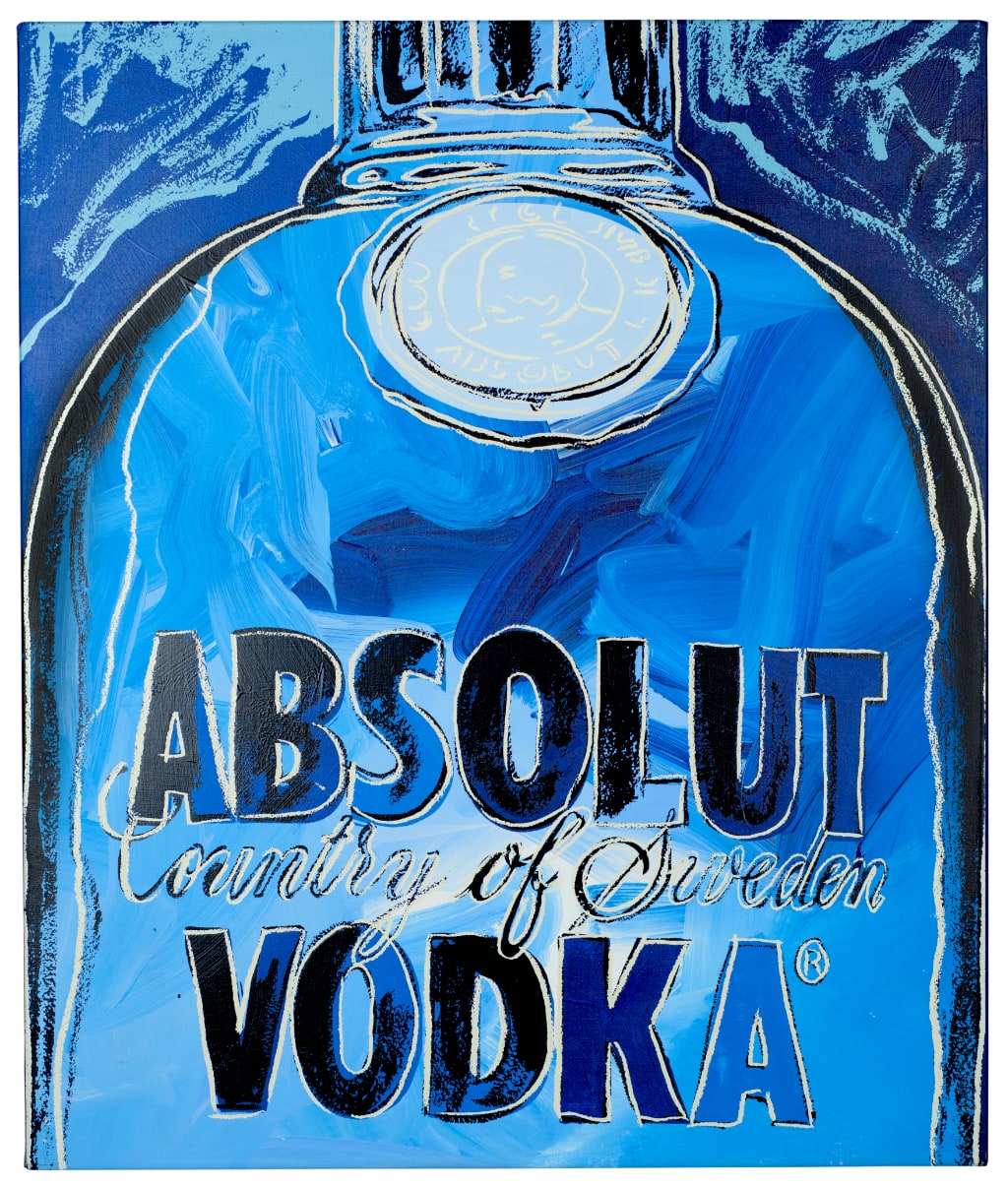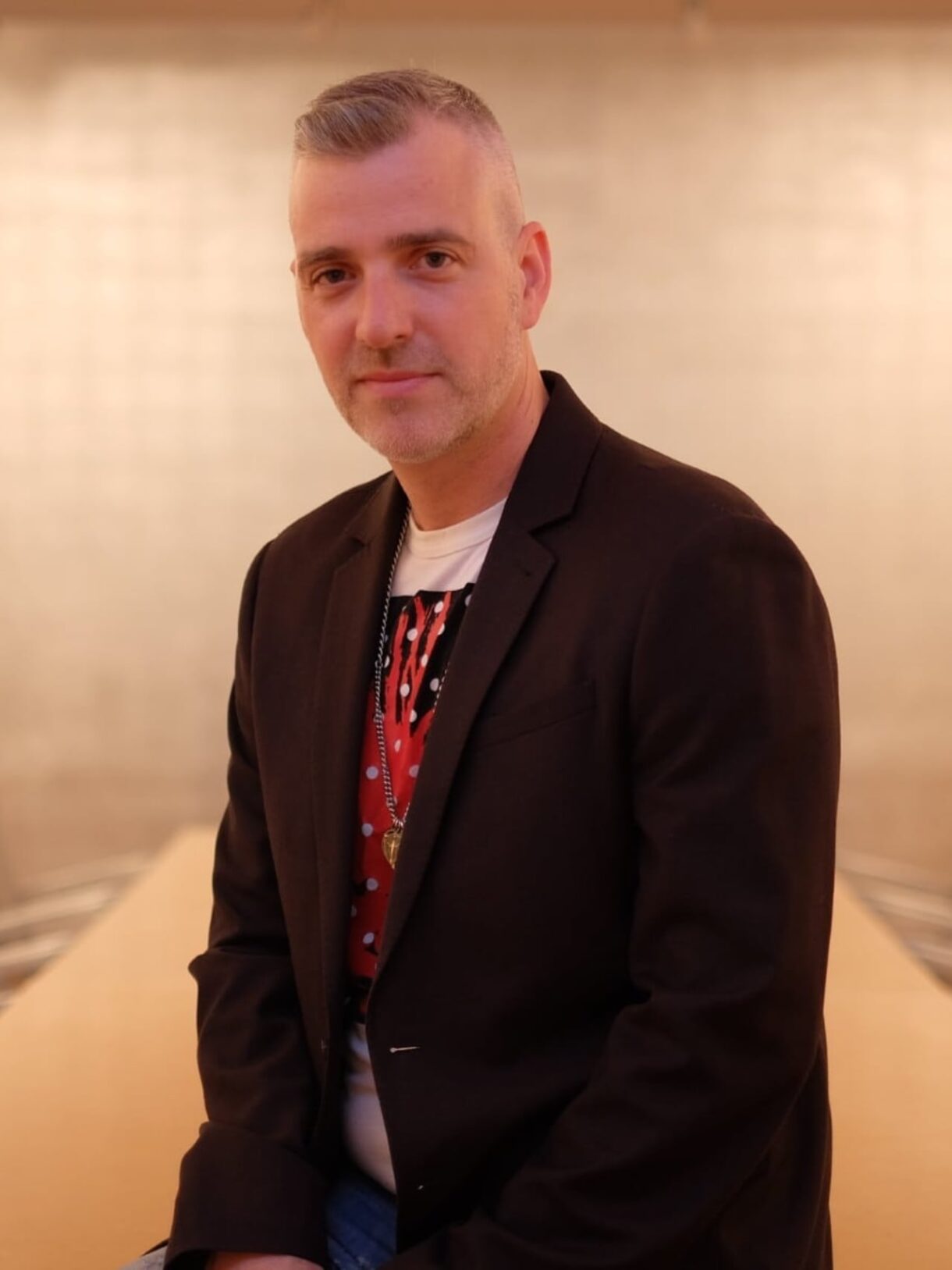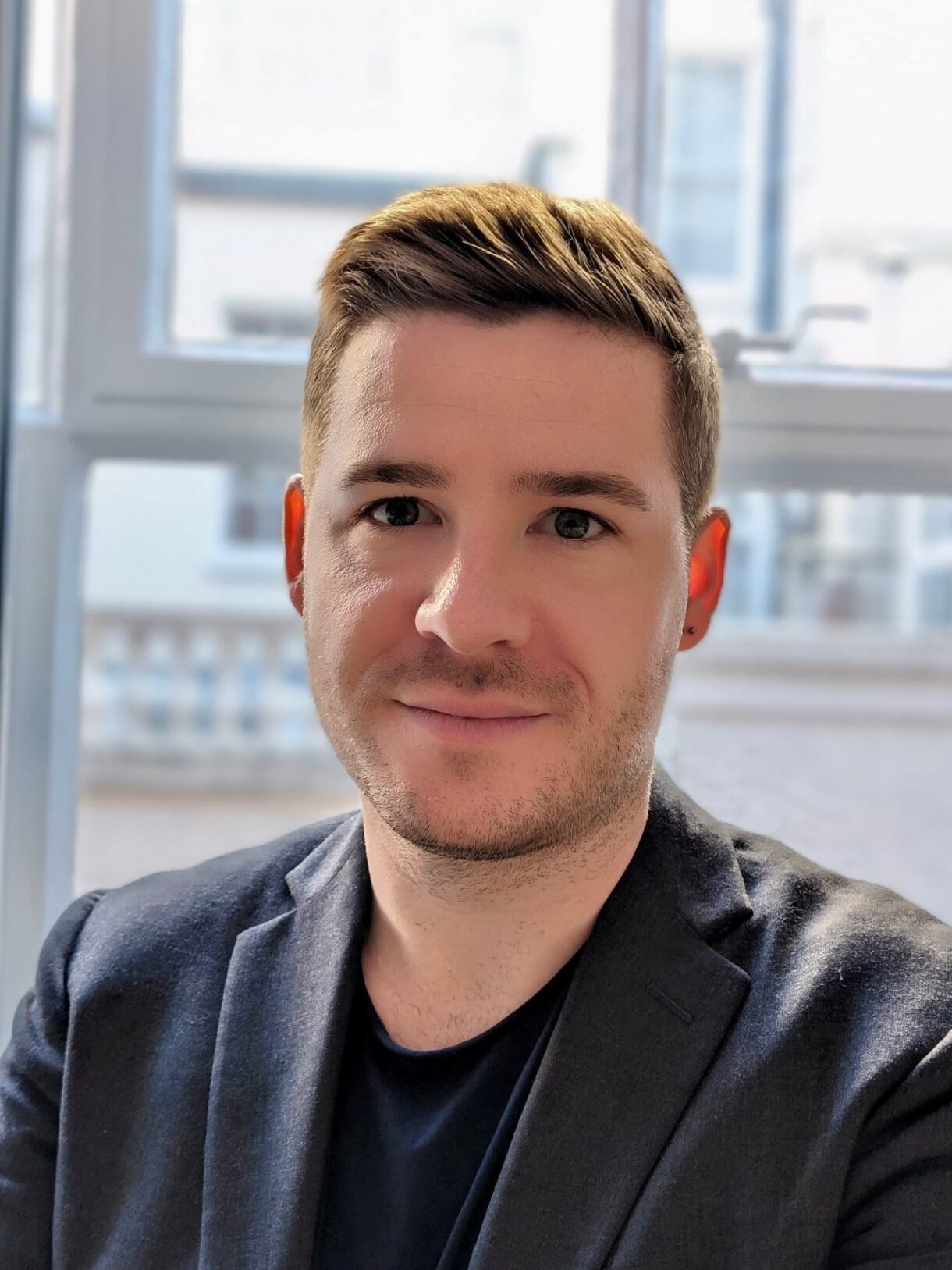“Artists shouldn’t worry how their work is perceived – Warhol didn’t”
Growing up in Mexico, Santiago Sierra Soler, the director of our short film to celebrate the rediscovery of Andy Warhol’s Absolut ‘blue’ painting, was first inspired by his dad’s old 35mm Minolta camera and a passion for music – he learned classical piano at musical school before studying fine art in Australia.

Over the past decade, Santiago has produced influential work for fashion and creative industries across New York, Paris and Los Angeles. We recently managed to catch up with him to discuss his career, his values and of course, Andy Warhol.
How did you get into filmmaking?
Music is my life. I studied classical piano at school and later played in rock bands with my brothers and friends. I wasn’t likely to have a career making music, so I thought I could do music videos instead. I had been playing around with my Dad’s old 1970s Minolta camera ever since he gave it to me when I was 14 – and when I arrived at university in Melbourne I just carried on experimenting with photography, film, music videos and collaborating with friends. After I graduated, I moved to New York where I worked in fashion (I had done some modelling in Australia) and started making some videos, shooting perfumes and beauty in the luxury space.
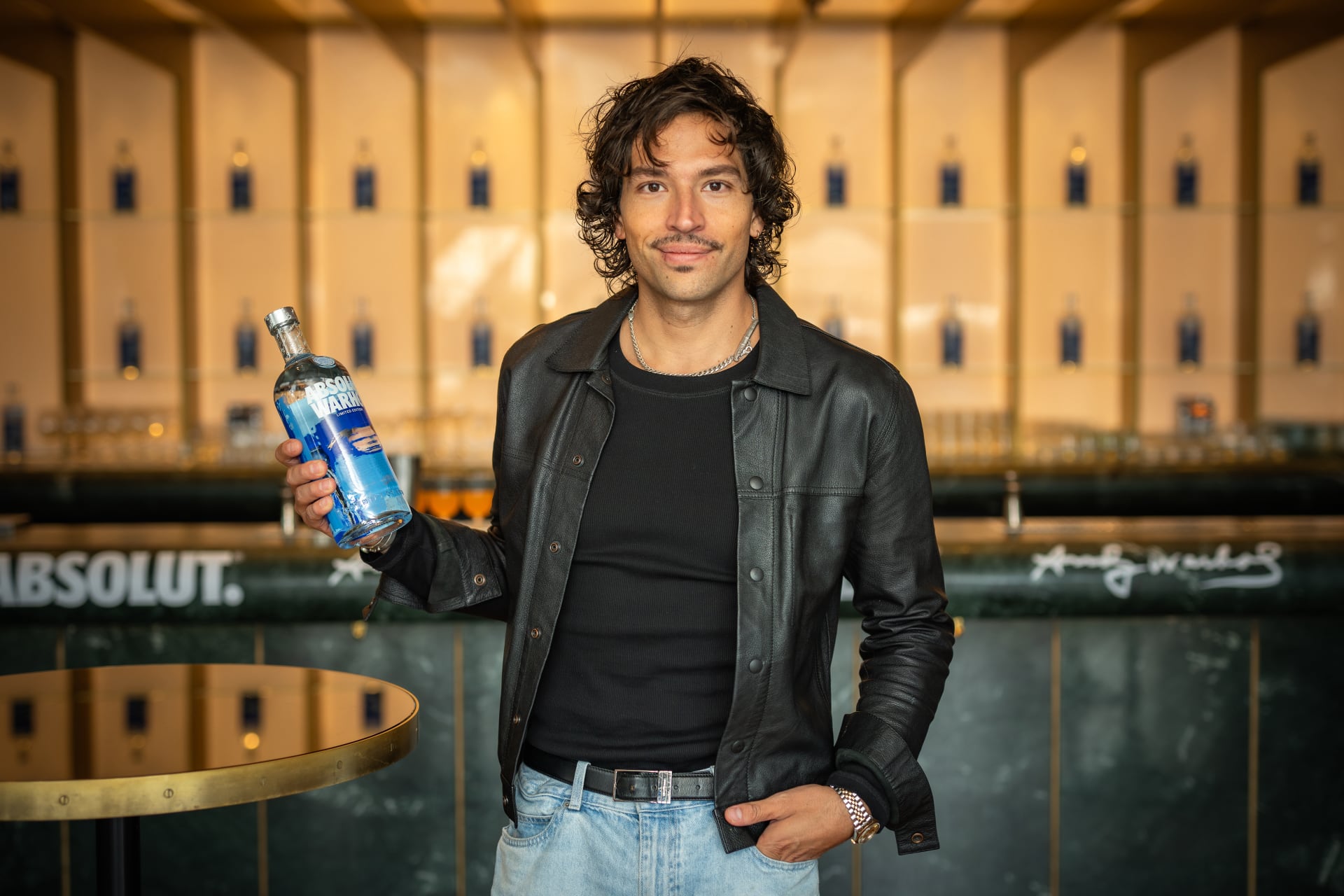
Has Andy Warhol been an influence on your career?
While I was modelling in Australia, I met a fashion stylist who would become one of my best friends – Mark would also become a mentor to me. We would spend hours trawling through books on art, photography and talking about artists such as Andy Warhol. Warhol was a visionary. I’m a huge fan. He informed and changed art as we know it – especially for new generations of artists. He understood moments in time and was able to distil those through art. When I moved to New York, I met people who had known Andy and, in many ways, he has always been present in my work. I opened a studio on the Lower East Side and would invite friends and friends of friends over to do screen tests – something that was inspired by Andy. Experimenting with different types of media [and art forms] is also in part, his influence. And much like Andy, I started out doing commercial work in advertising but I also always wanted to create my own personal artwork.
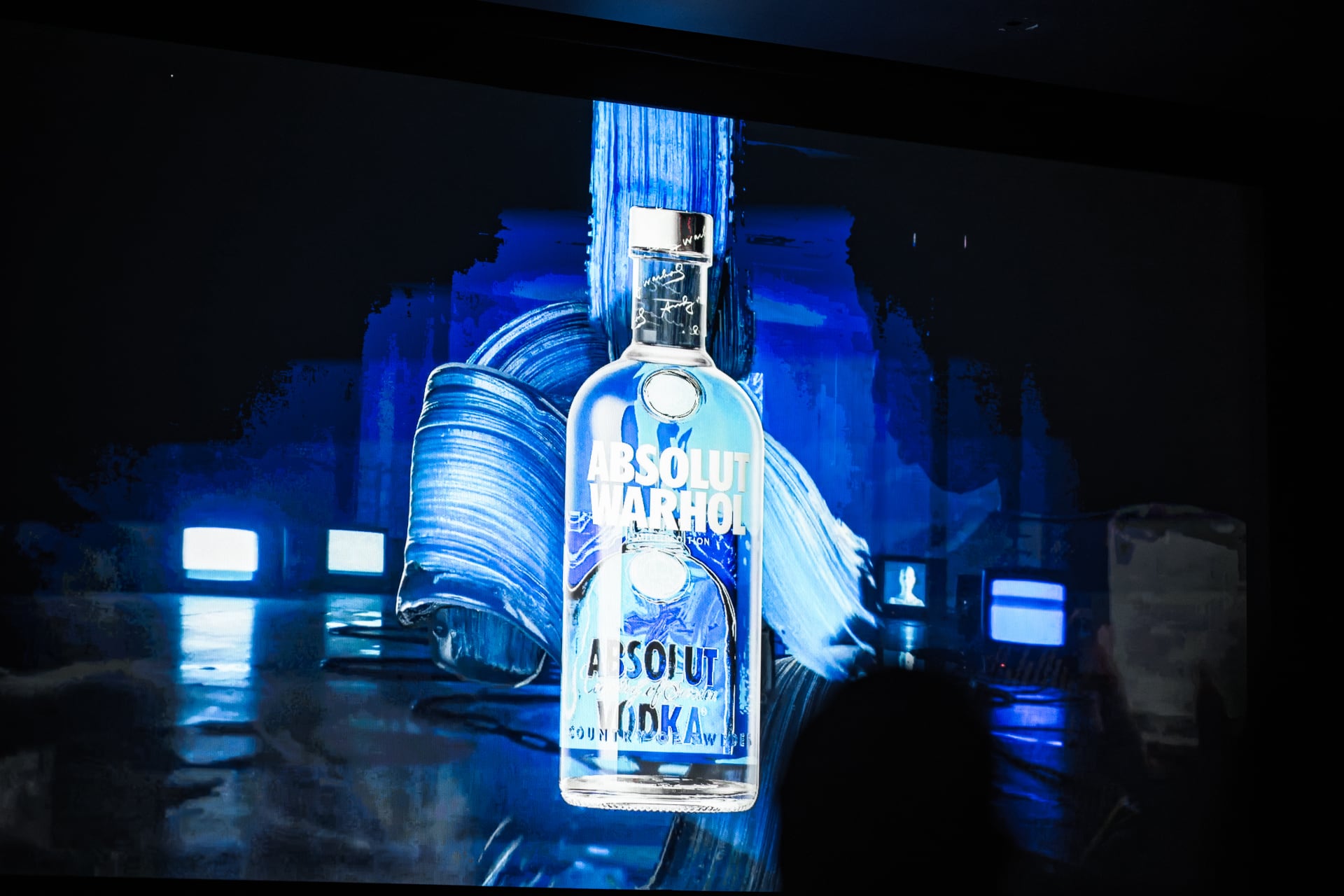
What was your vision for the Warhol Absolut ‘blue’ painting film?
Winning the brief was like wow, this is insane! I instantly envisioned recreating the spirit of Warhol’s Silver Factory, which was a hugely pivotal time in his life; he was not yet the Warhol that we know today but the community he created at the Factory had a huge influence on what he became.As I said, I have always invited my friends to my studio where we just have fun. Just before the pandemic, I experimented with a film that involved doing screen tests and interviews with my friends telling dark messed-up stories about the fashion industry. Being creative with what you only have available can be very powerful.
I didn’t want to think too much about what Andy would do [with this project] but I did consider that if he was alive today, he’d be using phones and he’d be using AI. So, I used AI to mix images of his face with the future to create some mood boards and atmospheres, which was very cool. We shot the film in 16mm for the retro shots and digital for the modern scenes using a track (20th Century Boy) from the 1970s band, T-Rex to reinforce the spirit of the time. The track was remixed by my good friend Ignacio Ferrarazzo, a composer based in LA who I told to make it into a dancing party song with art club vibes from around the world from Mexico to Berlin!
Warhol was a visionary. He informed and changed art as we know it – especially for new generations of artists. He understood moments in time and was able to distil those through art
What values did you want the film to portray?
The spirit of inclusivity. I believe that anybody can become iconic if they want to and if they are brave enough. It sounds corny and the kind of thing ‘some American dude’ is going to tell you. But I do believe, however cheesy it does sound, that if you learn to love yourself, you can love everybody and that’s the biggest expression of art. When it comes to other values, I wanted to convey fun. Some of the people I came across while working in fashion were so unbelievably serious. They didn’t have fun. With my career, I’m hoping to do bigger and better things, such as making movies, but whatever I do, I want to have fun. If I don’t, I might as well just go surfing.
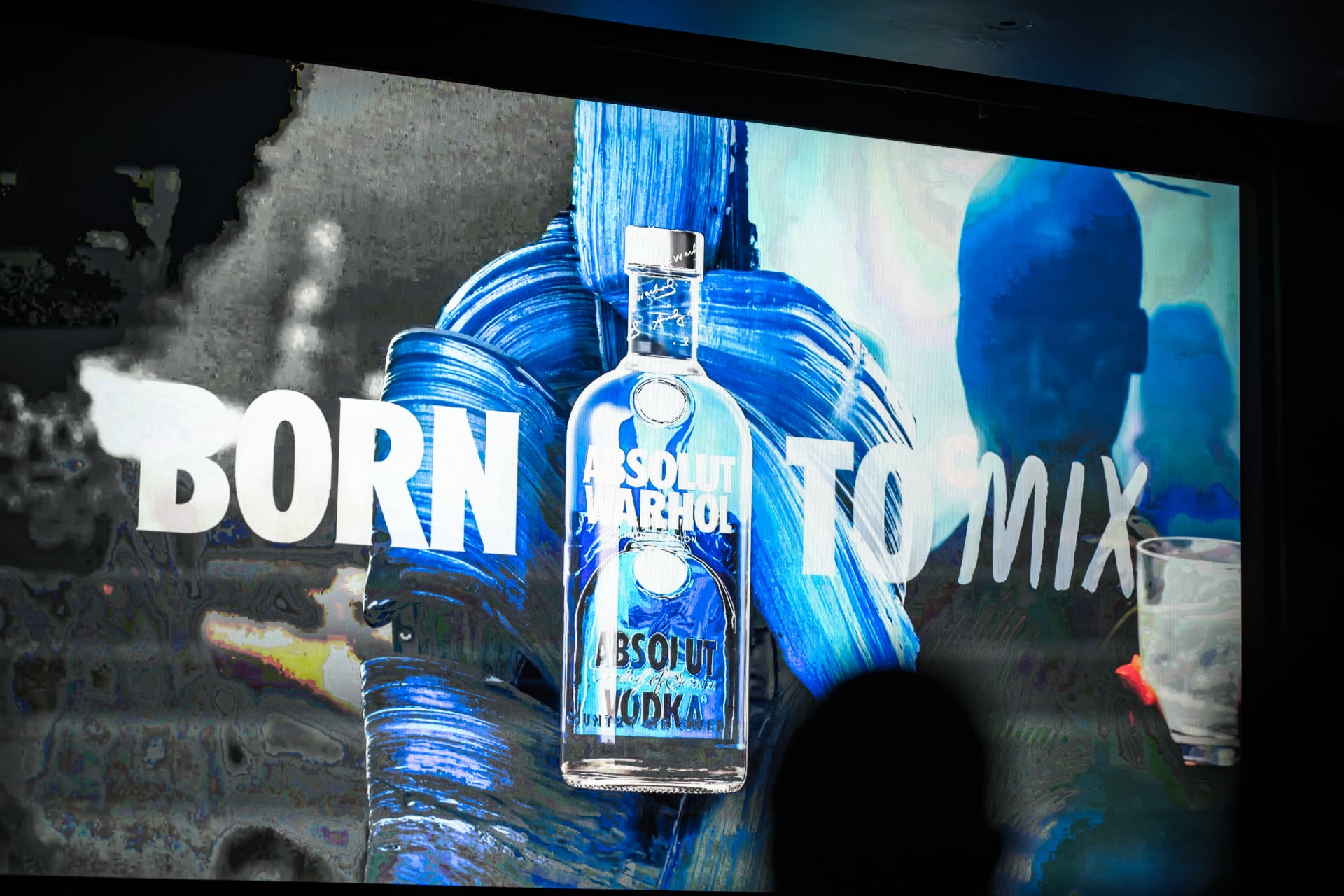
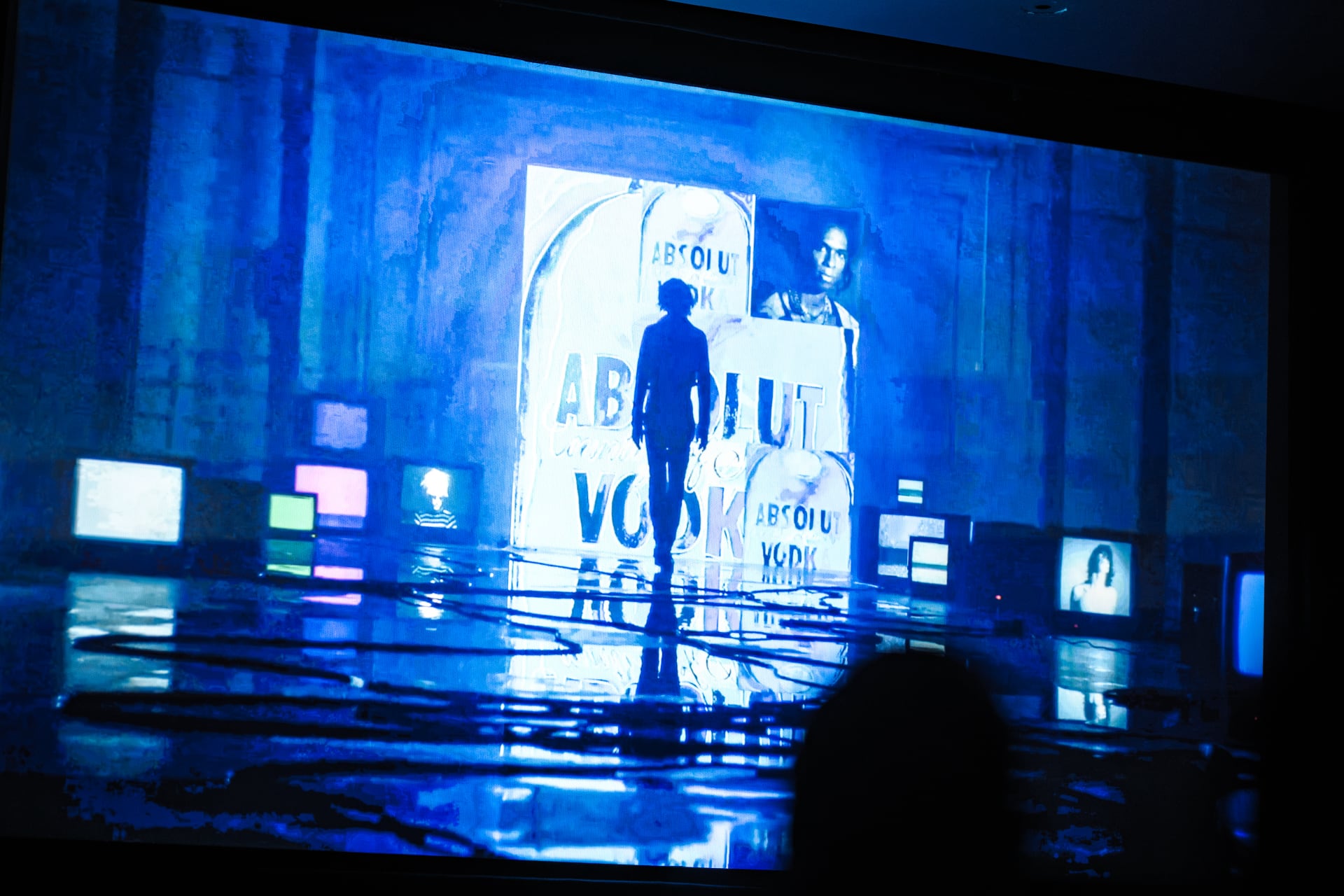
Did you feel a responsibility to portray Warhol?
You will always feel some responsibility directing a video of a big name or an icon such as Andy Warhol. But as an artist, I shouldn’t be worried about how my work is perceived. I don’t think Andy would have. He would do just whatever felt right. He would not give a damn. That’s how I go about my work. I’ve done exhibitions, I’ve had work exhibited at fine art museums and played classical piano. I make commercials but I also want to make movies. For me, it is about the spirit of collaboration and cross-pollinating between industries and disciplines. I know exactly what I want to say with my work now. As an image maker and as an artist, the best work is intuitive. It just happens and you shouldn’t worry what people think.
What drives you as an artist and director?
When I arrived in New York, my approach to art was that “I need to survive and so people need to buy my work”. It’s a very expensive place to live and I had rent and bills to pay. Later it became about wanting to impress people more with my creativity. As I have continued to grow as an artist, I have wanted to be proud of what I am creating and enjoy the process of doing it, otherwise, what is the point? It is an exciting time to be alive and creating work – especially right now as we need to talk about specific things that are important for our evolution from inclusivity to technology but also to how we are as humans and the nature that surrounds us.
